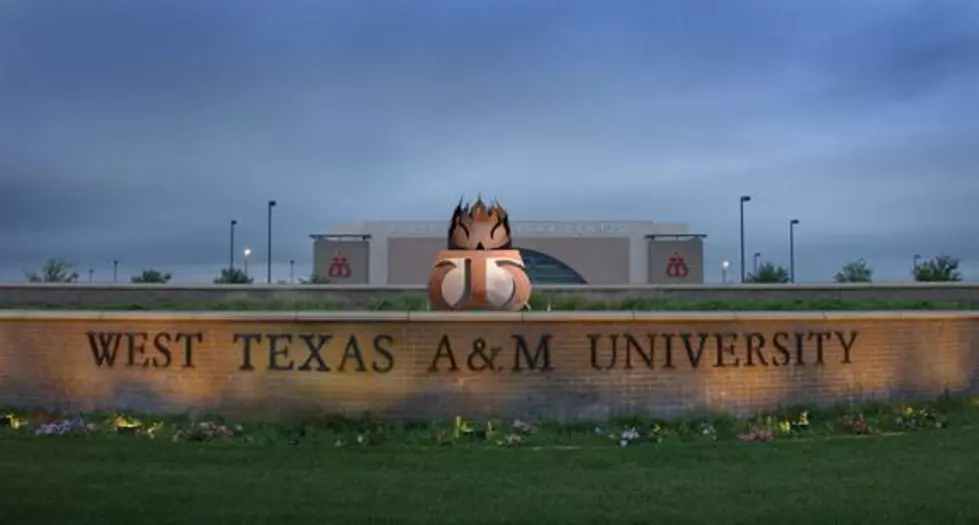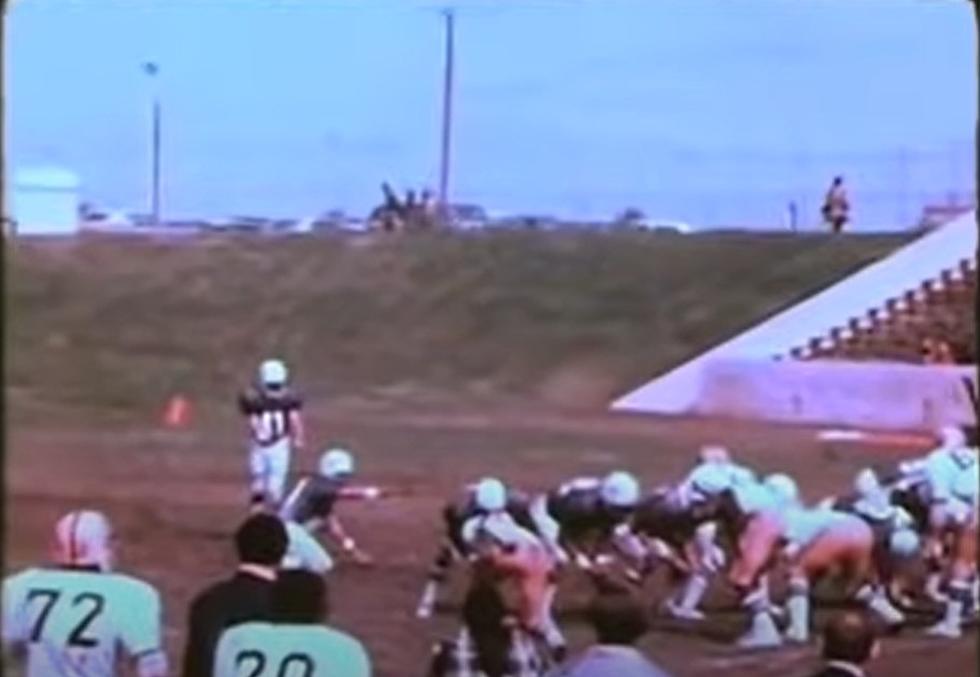
University Breaks Ground on New Buffalo Football Stadium
There will be cheerleaders, the marching band, WT Herdsmen and members of the Maroon Platoon as officials at West Texas A&M and other dignitaries broke ground for the new on-campus Buffalo Stadium.
Speakers for the event will included Dr. Walter V. Wendler, University president, along with Michael McBroom, director of athletics, Hunter Hughes, head coach for the Buffs football team, and Chandler Huddleston, student body president.
The new Buffalo Stadium, located east of the current soccer/track stadium and Jarrett Hall, will be constructed on a north/south axis with easy access to campus. The west side will include a multi-story building to house concourse-level suites, elevated club seating areas and a modern press box. There will be grade-level entry to the stadium with bowl seating split into an upper level of pre-engineered metal grandstands and a lower level of cast-in-place concrete surrounding a below-grade artificial turf playing field. Turf berms on the north and south ends of the stadium will provide space for additional general admission seating. The north berm will be configured for hosting the University's live mascot, Thunder XI, during games.
A concourse will provide full circulation for patrons around the stadium, and concession/restroom buildings will be distributed for efficiency of access. A new building will provide locker rooms for the home team, visiting team and officials. The 8,500 stadium seats will be constructed in long arcs along the west and east sides with an estimated total capacity of 12,000 with overflow berm seating and standing room only space at the concourse level. The stadium will offer opportunities for future expansion of up to 14,000 permanent seats. A new video scoreboard structure is planned for the north end zone and a ribbon board system along the front of the east and west upper decks.
A landscaped entry plaza will be constructed along Russell Long Boulevard, creating an event area for use on football game days for tailgating and throughout the year for other activities.
The idea of an on-campus stadium first gathered steam in March 2016 when students voted in favor of funding the project through an increase in the student athletic fee. A further study of the stadium was announced later that year under the leadership of the University's new president. A Houston firm was hired to evaluate the cost and scope of building a new stadium compared to that of renovating Kimbrough Memorial Stadium. The final step in the process came last month when The Texas A&M University System Board of Regents approved the construction of the stadium with a budget of $38,800,000.
The cost of bringing Kimbrough Memorial Stadium up to program-of-requirements standard and addressing accessibility proved to be higher than a new on-campus stadium. Talks with officials at CISD about a transfer of ownership of the current stadium played a major role in the decision to build an on-campus facility. In February 2017, University officials announced an agreement-in-principal with the Canyon Independent School District for the transfer of Kimbrough Memorial Stadium.
When students voted on the athletic fee in March 2016, they also voted to name the new facility Buffalo Stadium. The name carries a bit of tradition and history with it. The on-campus stadium prior to Kimbrough Memorial Stadium was named Buffalo Stadium. It was built by the Works Progress Administration right where the Sybil B. Harrington Fine Arts Complex now stands. The last game played there was in 1958.
The new Buffalo Stadium will bring the excitement of Buff football right to the WTAMU campus to provide a homecoming type atmosphere for each home game. The location will make access to the stadium easier for students, and the venue will offer ample space for plenty of pre-game tailgate fun. Plus, the addition of Buffalo Stadium benefits the Panhandle community. Having three stadiums between the cities of Amarillo and Canyon—Dick Bivins Stadium in Amarillo and Kimbrough Memorial Stadium and WTAMU's new Buffalo Stadium in Canyon—will reinforce the area as the playoff capital of the Texas Panhandle. No other location in the top 26 counties of the Texas Panhandle can offer the convenience of three stadiums or the added amenities of restaurants and lodging for traveling fans.
More From NewsTalk 940 AM


![[POLL] Did Your Team Win The Super Bowl? Mine Didn’t…And It Sucks](http://townsquare.media/site/341/files/2021/01/GettyImages-1228755881.jpg?w=980&q=75)






